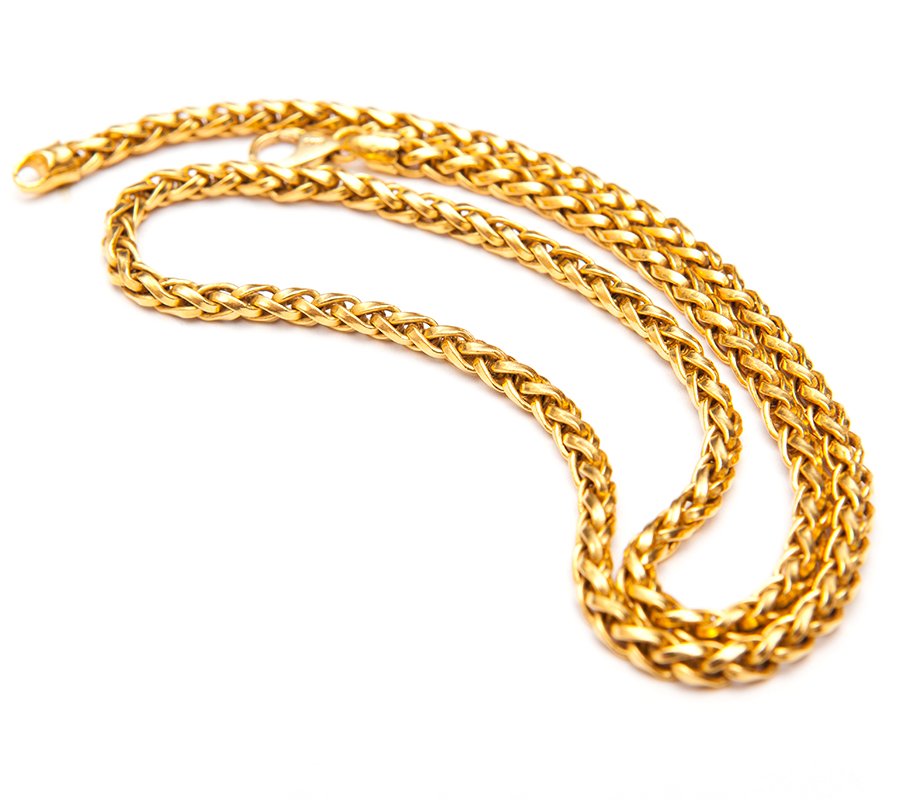Learning the Aspects That Determine the Worth of Gold Objects
Learning the Aspects That Determine the Worth of Gold Objects
Blog Article
Gold has been valued by people for thousands of years. It is a precious commodity that has served for various uses, such as jewelry, currency, and investment. The value of gold items can fluctuate based on various elements. Grasping these elements is essential for anyone interested in buying, selling, or placing funds in gold. This piece will explore the key elements that determine the value of gold items, such as market need, purity, artistry, and economic conditions.
One of the primary elements that affect the worth of gold items is consumer need. When more individuals desire to buy gold, its cost tends to increase. This demand can originate from multiple sources, such as jewelry creators, traders, and national banks. For example, during periods of financial uncertainty, many traders turn to gold as a secure haven for their money. This heightened demand can drive up the price of gold pieces. On the other hand, if demand drops, the value of gold may fall. Understanding market trends and buyer behavior is crucial for determining the present worth of gold.
Another significant factor is the fineness of the gold. Gold is assessed in karats, with 24 carats being 100% gold. Pieces with higher fineness standards are generally considered worth than those with lower standards. For instance, an item crafted of 18-carat gold contains 75% gold and 25% other alloys, while a 14-karat item has only 58.3% gold. Buyers frequently look for high-purity pieces because they are more long-lasting and have a higher inherent worth. Hence, when assessing the worth of gold items, it is essential to consider their purity grade.
Craftsmanship also plays a major role in determining the value of gold pieces. The expertise and craft put into in creating a work can greatly influence its value. Crafted by hand jewelry, for instance, may be more worth than mass-produced pieces due to the time and care invested in its production. Unique styles and detailed features can enhance the attractiveness of gold items, making them considered desirable to enthusiasts and consumers. Therefore, the artistry of a gold piece can significantly affect its market worth.
Financial conditions are another important factor that affects the value of gold. The cost of gold is often connected to additional resources the general state of the economy. During periods of inflation or financial instability, gold is seen as a dependable investment. As a result, its worth may rise. On the other side, when the economy is robust and steady, the demand for gold may fall, leading to lower prices. Investors and collectors must keep an watch on economic markers, such as interest levels and inflation rates, to grasp how these factors can impact the value of gold items.
The worth of gold items is determined by a mix of factors, including consumer demand, purity, artistry, and financial circumstances. Understanding these factors can assist individuals formulate informed choices when purchasing or selling gold. As gold continues to be a important asset, staying aware about these elements will be beneficial for anyone engaged in the gold market. Regardless of whether for individual utilization or investing purposes, recognizing what affects view website the worth of gold can lead to better decisions and enhanced satisfaction.